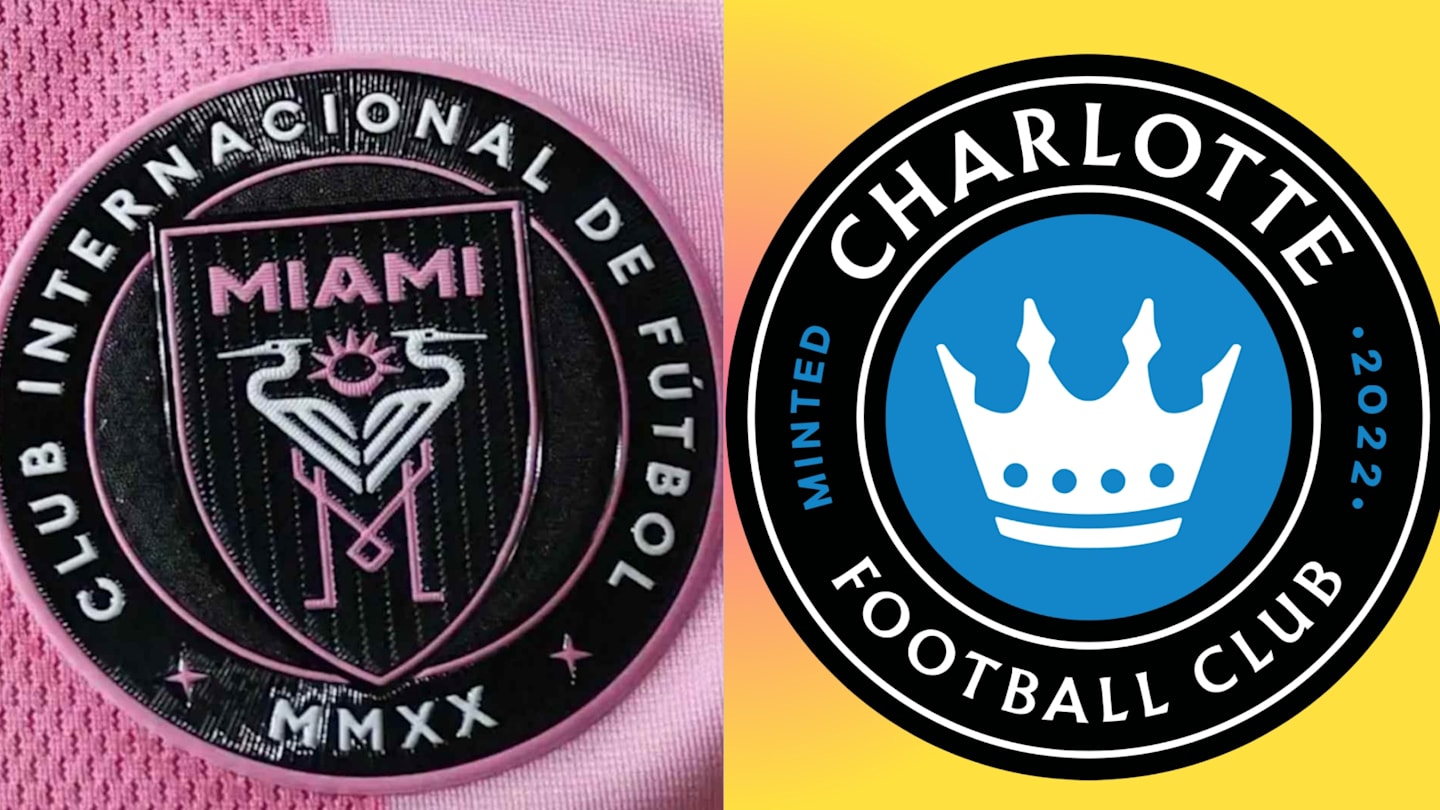Coup’s Takeaways: Orlando Pulls Away In Second Half As Miami’s Offense Stalls
1. Miami’s cold shooting continued in the early going as they started 4-of-18 from outside with overall percentages hovering around 30 percent, and outside of the Toronto game the cost associated with those slow starts continued to be relatively low.
Helps that Orlando, like Brooklyn earlier this week, was struggling just as much from the outside. The Magic held control relatively firmly for most of the first half regardless, doubling up Miami in the paint with all of their size and length, but did just enough in the margins – on the offensive glass and at the free-throw line – to stay within striking distance. By the time a few shots started to fall, Tyler Herro hitting three threes in his first 15 minutes, it was enough to close the gap to two points at the break despite a 100.0 Offensive Rating. When the shots are missing it’s easy to focus on those and those alone, but Orlando was struggling as much if not more in the halfcourt (4-of-16 from three), especially as Erik Spoelstra toggled in and out of zone.
Jimmy Butler, who has not been aggressive from the outside since returning from injury, opened the second half with a pair of threes, including a contested one up against the shot clock, to even things up. But Orlando would regain control almost immediately with an 11-2 run, stretching their lead to double digits as the shot-clock violations mounted, relatively speaking, for Miami. Within striking distance down 12 going into the fourth on the HEAT’s side, the task ahead being two steps ahead of an Orlando team rotating exceptionally well ahead of the pass and keeping the ball out of the paint, and off the line, on the other end.
Magic by 18 a few minutes into the fourth on a couple transition scores, Miami still working against time with the ball in their hands. A major swing play soon after that to keep the HEAT alive, a near-pick-six turnover for Orlando bouncing Miami’s way and ending up in Herro’s hands for a wide-open three. That was the last surge of any sort, however, as Orlando’s grip held firm the rest of the way, Spoelstra pulling most of the rotation with just under three minutes to play. A rough night in what’s been a rough offensive week, a 105-87 loss in the end, but still just one week of many more still to play.
2. Miami’s offensive struggles began six days ago against Brooklyn, a game they were able to edge out in overtime, but in much of the losses to Toronto and Atlanta the issues, such as they were, had as much to do with make-or-miss regression – Miami was shooting incredibly well through the first two months or so, this felt like a natural cold spell – as with anything else other than some uncharacteristic turnovers. Tonight, however, did not feel like a make-or-miss game. Instead, Miami’s 85.5 Offensive Rating is a credit to their opponent.
Orlando is one of the biggest teams in the league, no doubt, a roster full of upsized guards, long wings and mobile big men, but this game was about more than just size. The Magic were consistently ahead of Miami’s passes with their rotations, pre-rotating the low man against Miami’s pick-and-rolls to shrink operating room and earn a handful of deflections. And one-on-one they were disciplined enough to limit their fouls, especially in the back half of the night, to allow their size to do the work for them while still disrupting the ball in hand. It was particularly noticeable that Miami attempted just 12 shots in the upper paint, typically their comfort zone, largely because of how crowded the lane was on the catch. You don’t force a team to work up against the shot clock as often as the HEAT did tonight just by being big, so give Orlando their due for one of the best and most complete defensive efforts, particularly as they were able to blend coverages and schemes to keep the ballhandlers on their toes, Miami has seen this season.
3. Not much more to say about this one other than that Orlando won the points in the paint battle 54-36, with most of their 28 free-throw attempts also coming on paint touches. This is where you expect the Magic to succeed off their size – they only shot 9-of-28 from three, almost exactly the same as Miami percentage-wise – because that’s their strength. The HEAT can typically afford a paint margin such as that against Orlando because Orlando has to spend so much energy – and risk potentially damaging turnovers – working the right passing angles to capitalize on their size, but it does give the Magic a theoretically higher offensive floor because of the specific matchups. In the end it wasn’t the over-the-top, triangulating passes that beat Miami, it was a handful of drives and offensive rebounds (36.6 second-chance rate for Orlando) in the late third and early fourth quarter that kept the HEAT at bay. The HEAT lost this game on offense for the most part, but Orlando was still able to hit their strengths on the other end.



